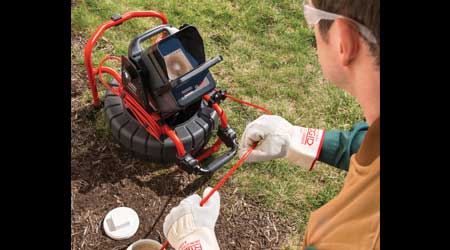Long-Term Benefits of Investing in Professional Drain Cleaning
Long-Term Benefits of Investing in Professional Drain Cleaning
Blog Article
Long-Term Benefits of Investing in Professional Drain Cleaning
In every house, drains may become a supply of sudden frustration. Whether it's the kitchen sink refusing to strain effectively or the bath turning in to a small swimming share, clogs are inevitable. While several grab the device to contact a plumber, you don't will have to. With the right tools and a little know-how, you can tackle most clogs in your own. Here's a fast manual to necessary tools you will need for DIY Drain cleaning at home.

Plunger Your First Distinct Security
The trusty plunger is often your closest friend in regards to cleaning small clogs. It functions producing suction, that may dislodge blockages blocking your drains. You will find two main kinds of plungers—a pot plunger for sinks and a flange plunger for toilets. When utilizing a plunger, ensure there's enough water in the drain or toilet to cover the cup. Drive down firmly and move up easily to generate the required suction.
Drain Snake for Stubborn Obstructions
For those tenacious blocks that avoid also probably the most identified crashing, a drain snake, also known as a plumbing auger, is your following step. This variable instrument can achieve deep into pipes to separation or access clogs. Start with putting the lizard in to the strain and soon you sense resistance. Then, angle and force more to dislodge the blockage. It's an effective way to deal with hair clogs in showers or stubborn food particles in home sinks.

Cooking Soft drink and Vinegar Your Eco-Friendly Alternative
If you're looking for a normal alternative, the combination of cooking soft drink and vinegar is a effective one-two punch against moderate clogs. Pour fifty per cent of a glass of baking soda into the strain, followed by half of a glass of vinegar. Cover the drain and await the fizzing to subside. Following about 15 minutes, remove the drain with hot water. This approach is not only successful but additionally safe for the pipes and the environment.
Equipped with these tools and methods, you can method your following strain blockage with confidence. Not only will you save on plumbing costs, but you'll also gain the pleasure of fixing a typical household situation by yourself. Recall, while DIY solutions are good for small blocks, persistent problems may possibly involve professional attention. Pleased unclogging! Report this page